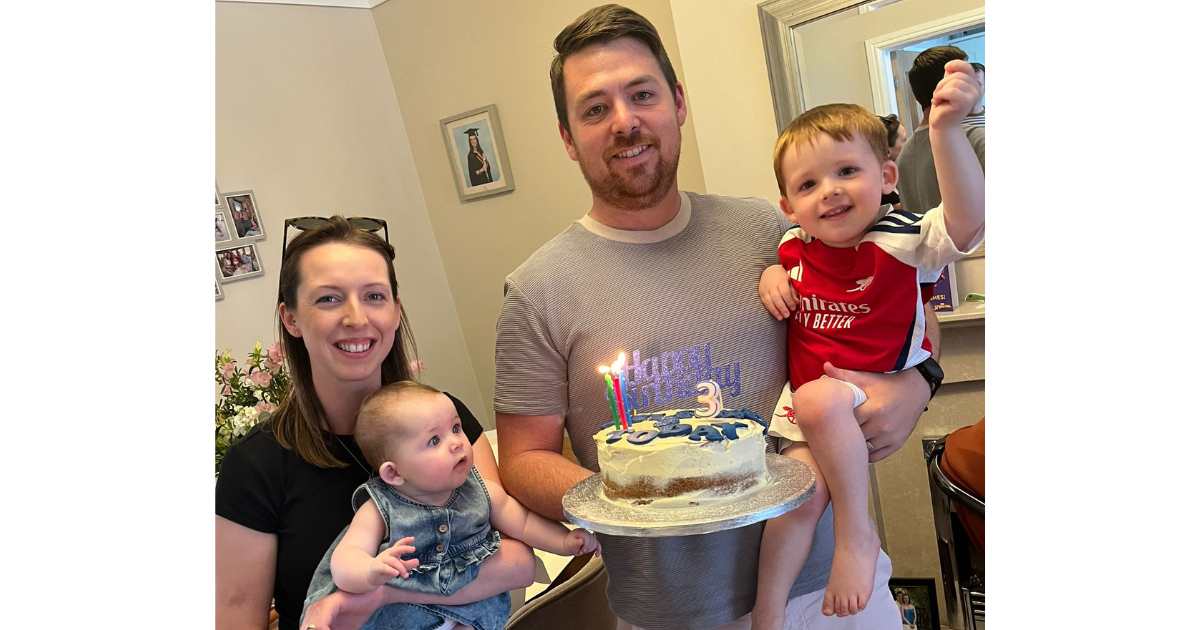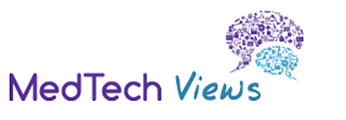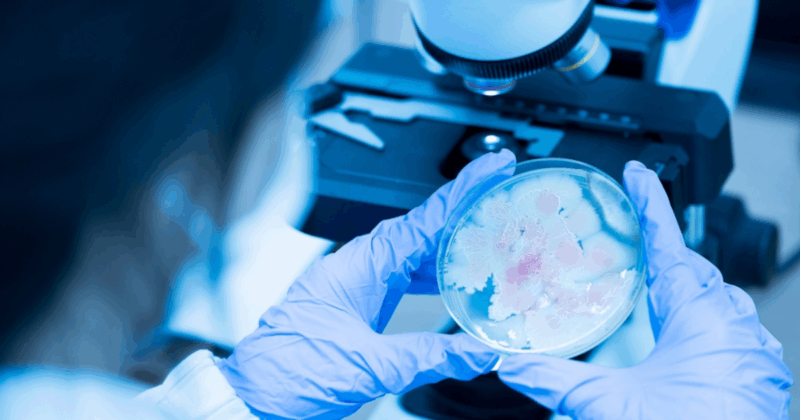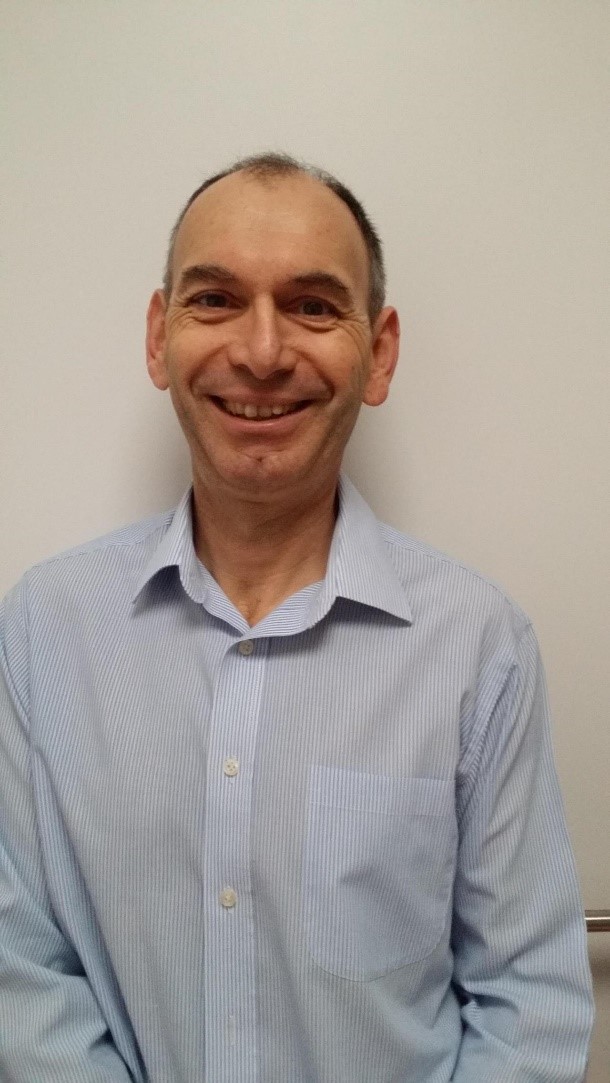This year, World Antimicrobial Resistance Awareness Week takes place from 18–24 November with the theme “Act Now: Protect Our Present, Secure Our Future”. This global campaign aims to raise awareness of antimicrobial resistance (AMR) – when infections are resistant to antibiotic treatment – and promote best practices for the responsible use of antibiotics.

How medical technologies helped save a new mother

Natasha Grove was excited to start life at home with her newborn daughter, but those plans were delayed when she developed a life-threatening infection.
“Twelve hours after Phoebe was born, I was discharged from the hospital. By the time we got home, I had such bad pelvic pain that I could barely get out of the car,” she tells MedTech Views. “The pain was getting worse, and I ended up back at the hospital.”
Natasha was treated for pelvic pain at the hospital until she started complaining of pain in her hand, too. This flagged a more serious problem for doctors, who immediately ordered blood tests. While awaiting the results, they discovered that Natasha’s perineal wound had broken down, causing the wound to re-open. Usually, this is due to infection or bleeding. She was started on a specific type of antibiotics for that condition.
“By the next day, after blood tests, the doctors put me on another type of antibiotic to treat a suspected streptococcal infection as my son had recently had it, and then a day later, the results came back that I had invasive Group A Strep,” she says. “The infection quickly led to sepsis, so I was transferred to the intensive care unit and placed on a ventilator for a few days until the antibiotics started working.”
With the help of medical technologies, doctors were able to analyse Natasha’s blood culture and identify the exact type of infection she had, so that she could start the correct type of antibiotic straight away. An invasive Group A streptococcus is life-threatening and occurs when bacteria get into parts of the body where bacteria aren’t usually found, like your blood or muscle.
“A couple of days later, I developed pneumonia, so I was sedated and put on a ventilator again,” Natasha comments. “I was on life support for over two weeks, and when I woke up, I stayed in the intensive care unit for another week before I was transferred to a ward where I could continue my recovery.”
While unwell, Natasha had also developed a joint infection called septic arthritis in her knee and hand, which required so-called washout surgery. “I needed three surgeries to wash out the infection from my joints,” Natasha explains. “When I was taken off the ventilator, I couldn’t walk at first. I was so ready to go home, and after working with the physiotherapists, I could finally walk up and down the stairs by myself, and they discharged me. I’d been in the hospital for over five weeks.”
Nearly two years later, Natasha’s knee has improved a lot, but she’s lost mobility in her wrist. “I was still having pain and mobility issues in my wrist, so I had an MRI and CT scans. They showed my wrist joint had fused as a result of the infection damaging the cartilage and bone,” she explains. “I’m so grateful for the staff who looked after me, but also for the medical technologies that supported me on my journey and the antibiotics that saved my life.”











